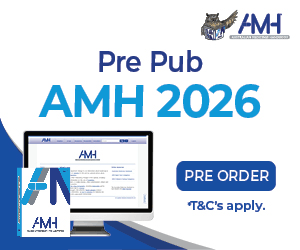Visual arts-based activities are powerful accomplishments in the context of mental healthcare.
Through these activities, mental health consumers’ can explore and express their own ideas about health, illness, and personal recovery. Also, when the activities are done in a group, the relational aspects benefit all.
In a recent systematic review, submitted for publication by the authors, several opinions were communicated on art-making as a therapeutic practice. Consumers discussed that by creating paintings, drawings, graphic images, and sculptures, they learnt more about themselves and their journey to recovery. Consumers reported that the identity struggles they have – experienced by many in mental health recovery – could be worked through using artwork to express and clarify a more positive identity.
In two of the studies included in the review, participants spoke of how they had redefined a sense of self with their ongoing creation of sculptures – moving away from a disability focused identity.1 They externalised through their art making that they were valuable, holistic individuals with much to contribute. Their art brought rich personal benefits.
Consumers also expressed that they value inclusion in groups and communities and identify a need to progress through loss. Both of these things can be enhanced through art-making. Art can be carried out with another person or in a group, and emotions that need to be expressed, including sadness and anger associated with loss, can be expressed through artwork. Through feeling the emotions as the lines and colours are applied in an image or by using visual metaphors to express what they cannot express in words, sadness is processed and worked through constructively.
From our review, it is clear that nurses should consider art activities in their work with people with mental health issues. Nurses can encourage art-making as a private hobby or assist mental health consumers in finding and joining an art group if this is something that interests them. Nurses are also in a position to lead an art group for mental health outpatients, and many studies have shown that participants find these highly rewarding.2
References
1 Greenwood H, Leach C, Lucock M, and Noble R. 2007. The process of long-term art therapy: A case study combining artwork and clinical outcome. Psychotherapy Research, 17(5), 588-599. doi:10.1080/1050330070122755.
2 Stickley T, Hui A, Morgan J, and Bertram G. 2007. Experiences and constructions of art: a narrative-discourse analysis. Journal of Psychiatric & Mental Health Nursing, 14(8), 588-599. doi:10.1111/j.1365-2850.20070122755.
Authors:
Ms Elissa-Kate Jay RN; BN; Grad Cert MHN; BN Hons (First Class) is in the School of Nursing – University of Wollongong, NSW
Professor Lorna Moxham RN; MHN; PhD(CQU); MEd(UNSW); BHSc(UWS); DASc(MIHE); Cert OH&S(CQU); Cert Qual Mngmt(CQU); Cert IV Training & Assessment(CQIT); FACMHN; FACN; MAICD. is Professor of Mental Health Nursing/Credentialed MHN is in the School of Nursing – University of Wollongong, NSW
Dr Christopher Patterson RN; BN(Hons)(UOW); MN(Mental Health)(UOW); PhD (Uni SA) is a Lecturer in the School of Nursing – University of Wollongong, NSW







